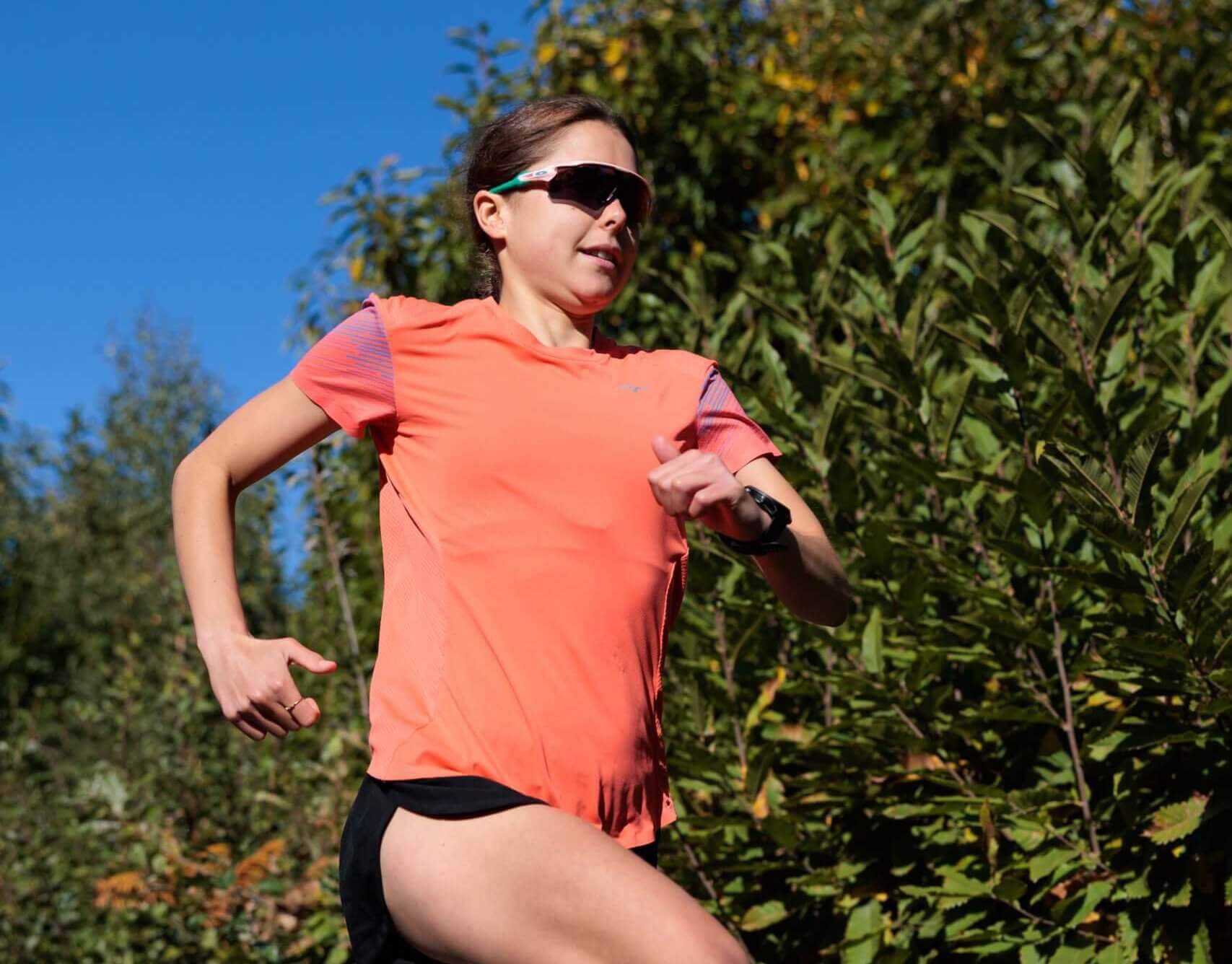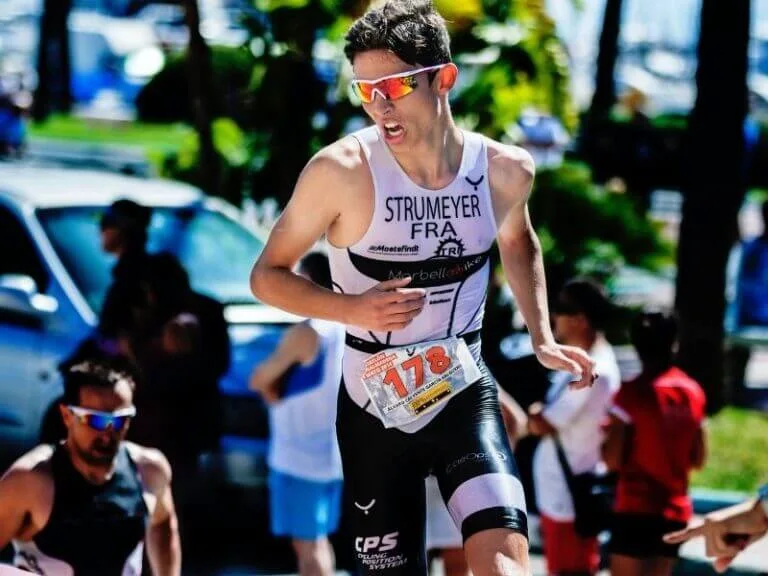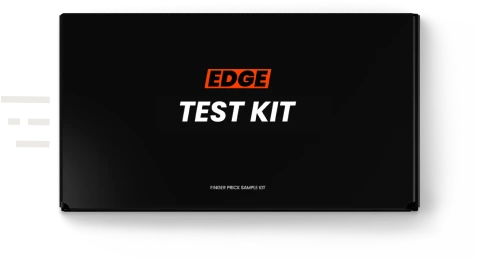
Athletics
Athletes Hot Weather And Sports Performance – How To Prepare For And Compete In Hot Conditions
The 2021 Olympic Games are happening in Tokyo, Japan. It is predicted that temperatures will rise to greater than 30°C during the games. So how do athletes prepare to compete in these hot conditions?
3 mins read
Published on
July 23, 2021
Written by
EDGE
Share this article
WHAT ARE THE MAIN ISSUES WITH COMPETING IN HEAT?
1. DEHYDRATION
One of the most important factors in ensuring athletic performance in the heat is staying adequately hydrated. And this is going to be key for all competitors in Tokyo.
What Happens When We Exercise In Heat?
As the body’s core temperature rises, blood diverts from the muscles to the skin for heat dissipation, which results in a decrease in the heart’s ventricular filling pressure reducing stroke volume of the heart’s left ventrical and increasing the rate of perceived exertion.
Fluid loss caused by sweat can reach up to 2L/h due to increased metabolic work during prolonged exercise and exercise under hot environments, which leads to dehydration if the fluids are not replaced9.
Heat exhaustion is also a risk. This is when the body is dehydrated reaching a core temperature of 38.5–40°C, and an inability to maintain cardiac output. In the most severe cases, exertional heat stroke can occur, which is characterised with a body temperature >40°C, resulting in central nervous system dysfunction and organ damage, which can in extreme cases lead to death5.

How To Prevent Dehydration
Olympic athletes will be aiming to prevent excessive dehydration (>2% body weight loss from water deficit) and changes in electrolyte balance, which would have a negative detriment on performance2.
It is recommended that any individual is euhydrated (i.e. normal state of body water content) with normal plasma electrolyte levels before exercise2.
When competing in hot conditions, athletes should assess their urine colour to monitor hydration status and adjust drinking habits accordingly during the days prior to competition3.
To optimise hydration status, it is recommended that 5-7 mL/kg of fluid should be consumed ~4 hours before exercise.
A specific hydration plan needs to be tailored to suit each individual athlete, considering the event, body weight, sweat rate, sweat sodium content, core body temperature, environment temperature and kidney function2.
Following exercise, it is advised to drink 150% of the fluid lost2.
2. EXERCISE-INDUCED GASTROINTESTINAL SYNDROME (EIGS)
Exercising in the heat can exacerbate gastrointestinal discomfort. This is a major concern for athletes preparing for and competing in the upcoming 2021 Tokyo Olympics.
Competitive athletes have frequently reported greater incidence and severity of exercise-induced gastrointestinal syndrome (EIGS), and associated gastrointestinal symptoms (GIS), when undertaking exercise in hot conditions6.
These conditions also appear to be more prevalent within endurance exercise7. Therefore, athletes taking part in the marathon, 50 km race walk, triathlon, and cycling road race within the Olympics need to try and prevent symptoms from occurring.
Recent findings have provided both hydration and nutritional strategies to prevent the occurrence of heat stress associated gastrointestinal symptoms. These include:
-
Maintenance of euhydration by drinking cool fluids
-
Consuming tolerable amounts of carbohydrate frequently (e.g., every ~20 min) during exercise
-
Adopting a short term diet low in the group of carbohydrates that are common for triggering digestive issues. This is known as a FODMAP diet8.
FODMAP stands for fermentable oligo-, di-. monosaccharides and polyols. These are the scientific terms used to classify groups of carbohydrates that are common for triggering digestive symptoms. Here are some examples of high FODMAP foods which might be avoided pre-race:
-
Oligosaccharides: Wheat, rye, legumes and various fruits and vegetables, such as garlic and onions.
-
Disaccharides: Milk, yoghurt and soft cheese.
-
Monosaccharides: Various fruit including figs and mangoes, and sweeteners such as honey and agave nectar.
-
Polyols: Certain fruits and vegetables including blackberries and lychee.
3. ACCLIMATISATION
One of the best ways the athletes can prepare for the hot and humid conditions of Tokyo is to practise in the heat before the Olympic Games get underway.
This will involve repeated exercise in high temperatures – such as within purpose-built chambers or improvised low-tech hot rooms.
Some Team GB athletes have been acclimatising to the expected heat conditions in Japan by using a heat chamber at the English Institute of Sport’s Bisham Abbey base in Berkshire. The chamber is approximately 35°C and 60% humidity.
This will increase their body core and skin temperature, encourage significant sweating, decrease their heart rate at a given intensity, and allow for a better retention of electrolytes.
It can take between 7-14 days for the body to acclimatise. Therefore, you will see that many athletes have begun arriving in Japan already.
4. PRE-RACE BODY TEMPERATURE MANAGEMENT
Results from Loughborough University research suggests pre-race body temperature management like using an ice vest will ensure those racing are more likely to finish prolonged endurance events in hot, humid conditions.
The study was conducted at the 2019 IAAF (now World Athletics) Doha (Qatar) World Championships10. Core (through an ingestible telemetric thermometer) and skin (via thermography) temperatures were measured.
The results showed the athletes who did not finish their events had higher pre-race skin temperatures than those that did, whilst lower pre-race skin temperatures were moderately associated with a faster race completion. Additionally, pre-cooling prior to races (predominately by ice vest) was common, as was mid-cooling for example throwing cups of water over themselves.
SUMMARY
Whether competing at the Olympics in Tokyo or doing an event here in the UK in (infrequent!) hot conditions, it’s key to understand the risks of exercising in heat and ways in which to prepare your body to the change in conditions.
When hot weather isn’t consistent like here in the UK, ensuring you are well hydrated and eating the right foods can help your race performance.
Blood test for
Runners
Male & Female Tests
sports doctor review
Results in 2 working days
Flexible subscription
-
Kakamu, T., Wada, K., Smith, D. R., Endo, S., & Fukushima, T. (2017). Preventing heat illness in the anticipated hot climate of the Tokyo 2020 Summer Olympic Games. Environmental health and preventive medicine, 22(1), 1-6.
-
Sawka, M. N., Burke, L. M., Eichner, E. R., Maughan, R. J., Montain, S. J., & Stachenfeld, N. S. (2007). American College of Sports Medicine position stand. Exercise and fluid replacement.Medicine and science in sports and exercise, 39(2), 377-390.
-
Périard, J. D., Racinais, S., & Sawka, M. N. (2015). Adaptations and mechanisms of human heat acclimation: applications for competitive athletes and sports. Scandinavian journal of medicine & science in sports, 25, 20-38.
-
Harris, L., & Braun, M. (2017). Electrolytes: Oral Electrolyte Solutions.FP essentials, 459, 35-38.
-
Racinais, S., Cocking, S., & Périard, J. D. (2017). Sports and environmental temperature: from warming-up to heating-up.Temperature, 4(3), 227-257.
-
Costa, R. J., Snipe, R., Camões-Costa, V., Scheer, V., & Murray, A. (2016). The impact of gastrointestinal symptoms and dermatological injuries on nutritional intake and hydration status during ultramarathon events. Sports medicine-open, 2(1), 1-14.
-
Costa, R. J. S., Snipe, R. M. J., Kitic, C. M., & Gibson, P. R. (2017). Systematic review: exercise‐induced gastrointestinal syndrome—implications for health and intestinal disease. Alimentary pharmacology & therapeutics, 46(3), 246-265.
-
Costa, R. J., Gaskell, S. K., McCubbin, A. J., & Snipe, R. M. (2020). Exertional-heat stress-associated gastrointestinal perturbations during Olympic sports: Management strategies for athletes preparing and competing in the 2020 Tokyo Olympic Games. Temperature, 7(1), 58-88.
-
Nikolaidis, P. T., Veniamakis, E., Rosemann, T., & Knechtle, B. (2018). Nutrition in Ultra-Endurance: State of the Art. Nutrients, 10(12), 1995.
-
Racinais, S., Ihsan, M., Taylor, L., Cardinale, M., Adami, P. E., Alonso, J. M., … & Bermon, S. (2021). Hydration and cooling in elite athletes: relationship with performance, body mass loss and body temperatures during the Doha 2019 IAAF World Athletics Championships. British Journal of Sports Medicine.

